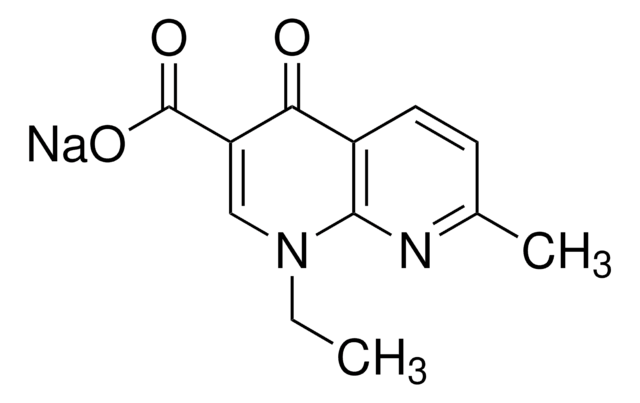A8251
Acriflavine hydrochloride
Powder
Synonym(s):
3,6-Diamino-10-methylacridinium chloride hydrochloride, Euflavine
About This Item
Recommended Products
product name
Acriflavine hydrochloride, fluorescent dye
Quality Level
form
powder
composition
Acriflavine HCL content, 10-50%
Proflavine HCL, 25-70%
color
faint brown to brown, and Orange to Dark Orange and Red to Very Dark Red
mp
260 °C (dec.) (lit.)
solubility
H2O: 1 mg/mL
application(s)
diagnostic assay manufacturing
hematology
histology
storage temp.
room temp
SMILES string
[Cl-].Cl[H].Cl[H].Nc1ccc2cc3ccc(N)cc3nc2c1.C[n+]4c5cc(N)ccc5cc6ccc(N)cc46
InChI
1S/C14H13N3.C13H11N3.3ClH/c1-17-13-7-11(15)4-2-9(13)6-10-3-5-12(16)8-14(10)17;14-10-3-1-8-5-9-2-4-11(15)7-13(9)16-12(8)6-10;;;/h2-8H,1H3,(H3,15,16);1-7H,14-15H2;3*1H
InChI key
MKLTXAHQKDVBLY-UHFFFAOYSA-N
Looking for similar products? Visit Product Comparison Guide
Application
Biochem/physiol Actions
Other Notes
Signal Word
Danger
Hazard Statements
Precautionary Statements
Hazard Classifications
Acute Tox. 4 Oral - Aquatic Chronic 2 - Eye Dam. 1
Storage Class Code
11 - Combustible Solids
WGK
WGK 2
Flash Point(F)
Not applicable
Flash Point(C)
Not applicable
Personal Protective Equipment
Choose from one of the most recent versions:
Already Own This Product?
Find documentation for the products that you have recently purchased in the Document Library.
Customers Also Viewed
Our team of scientists has experience in all areas of research including Life Science, Material Science, Chemical Synthesis, Chromatography, Analytical and many others.
Contact Technical Service















